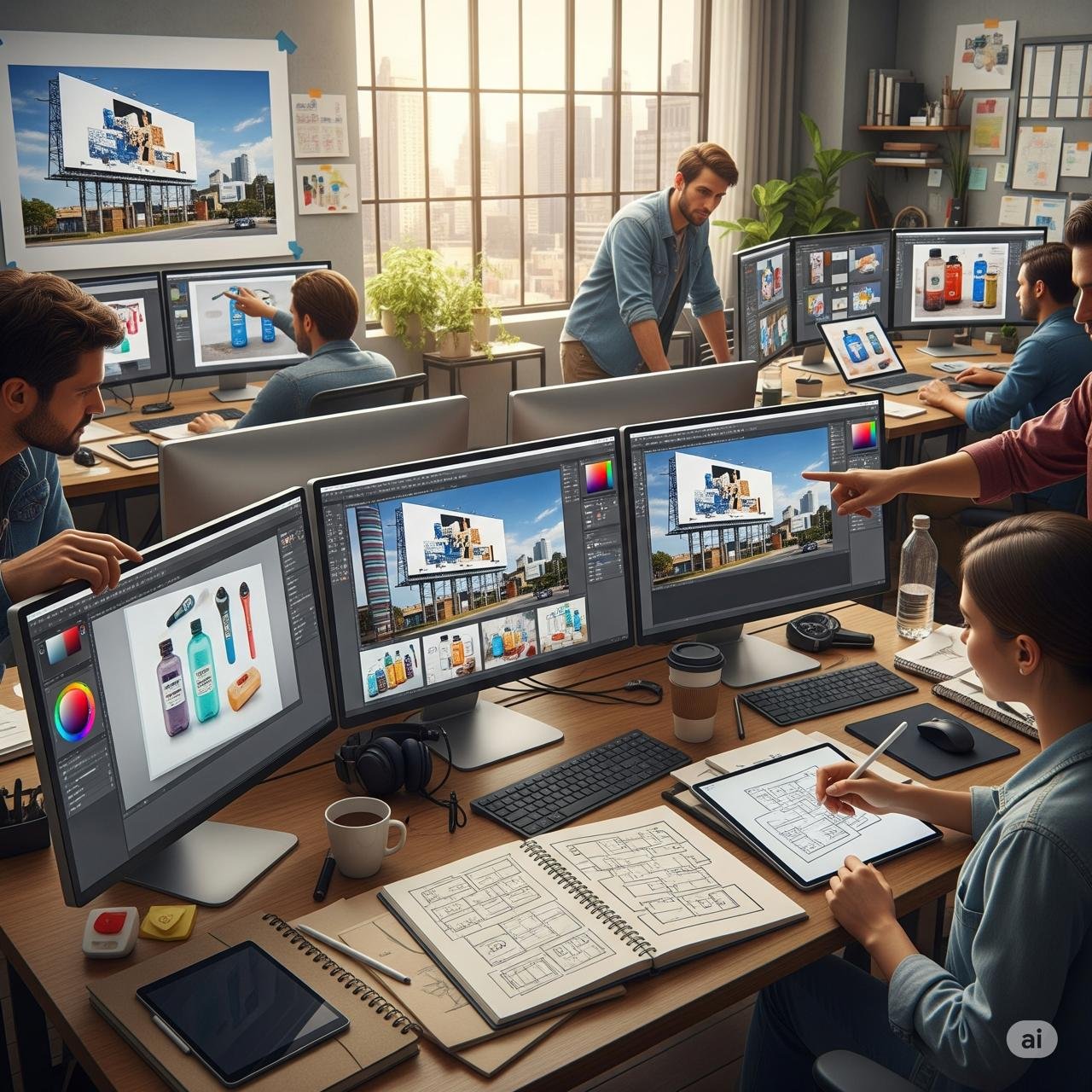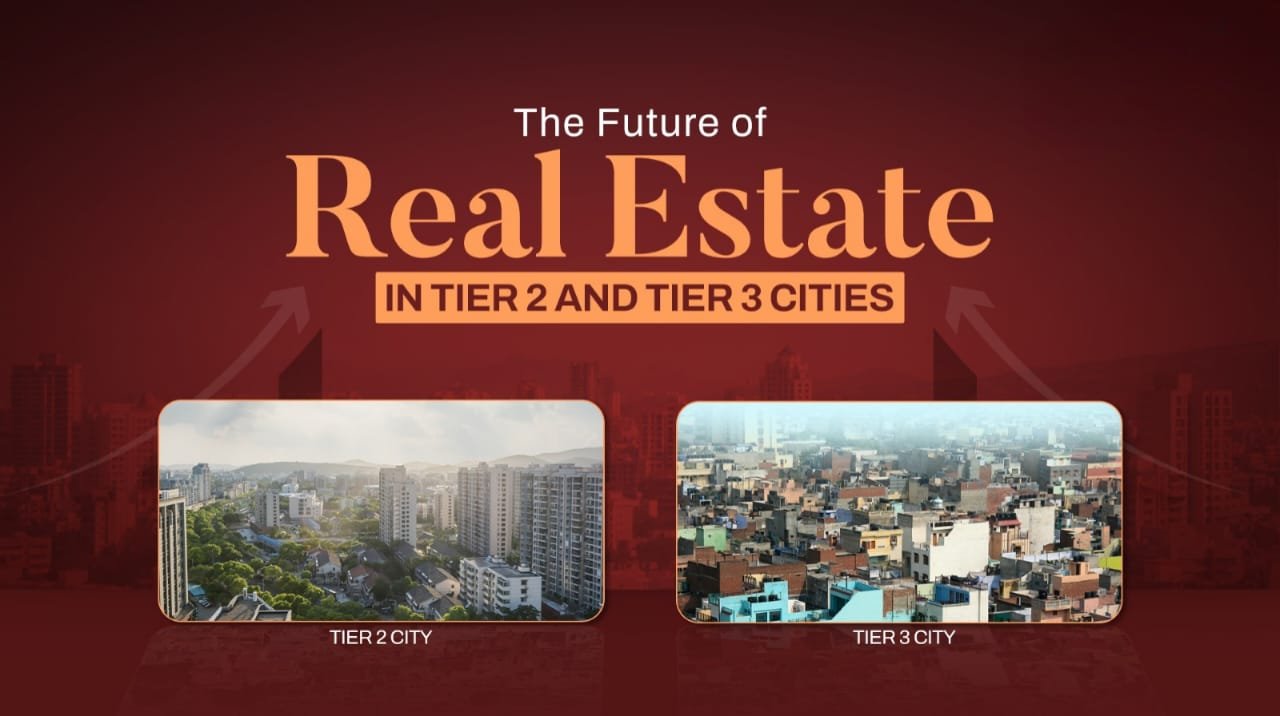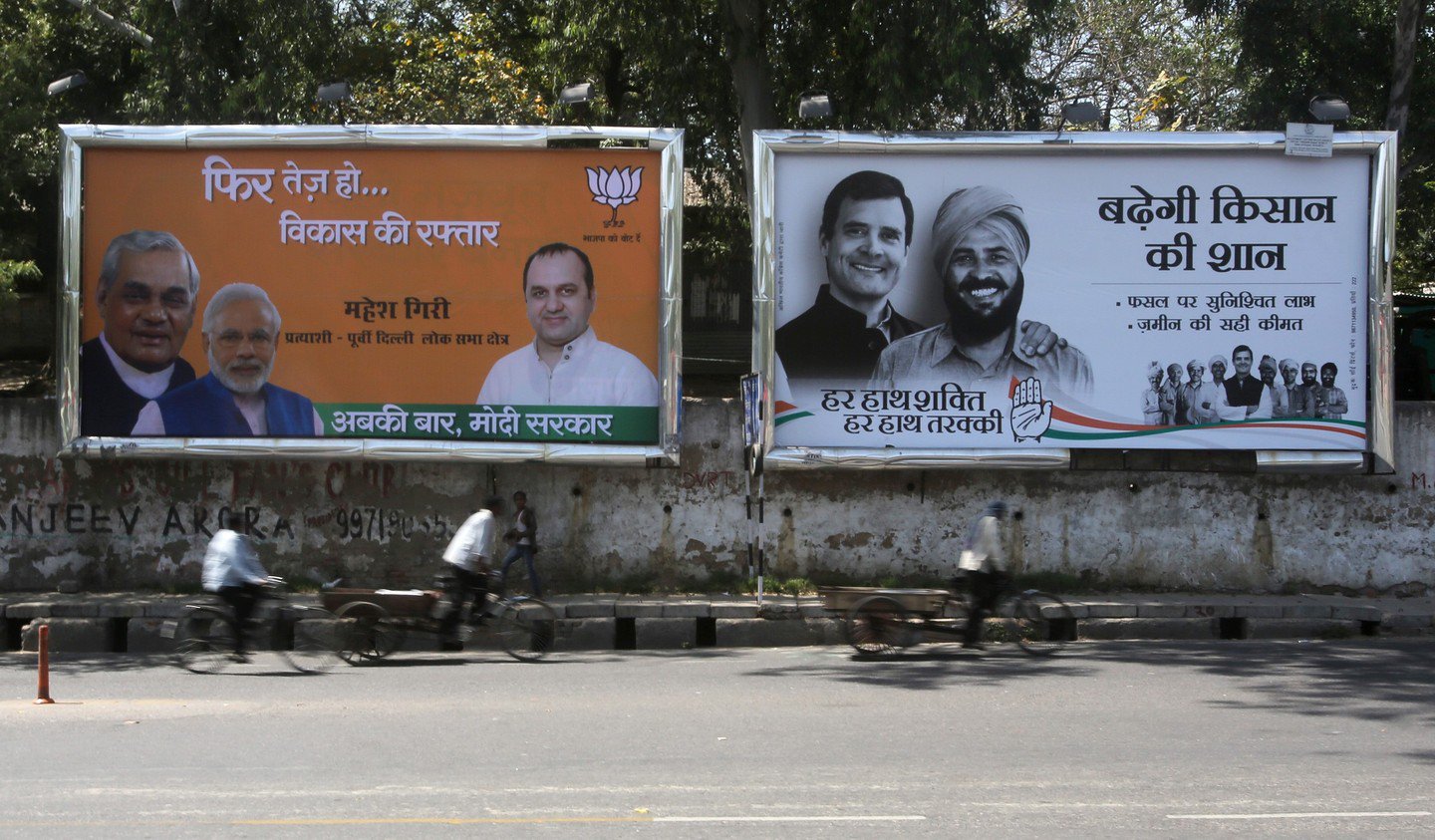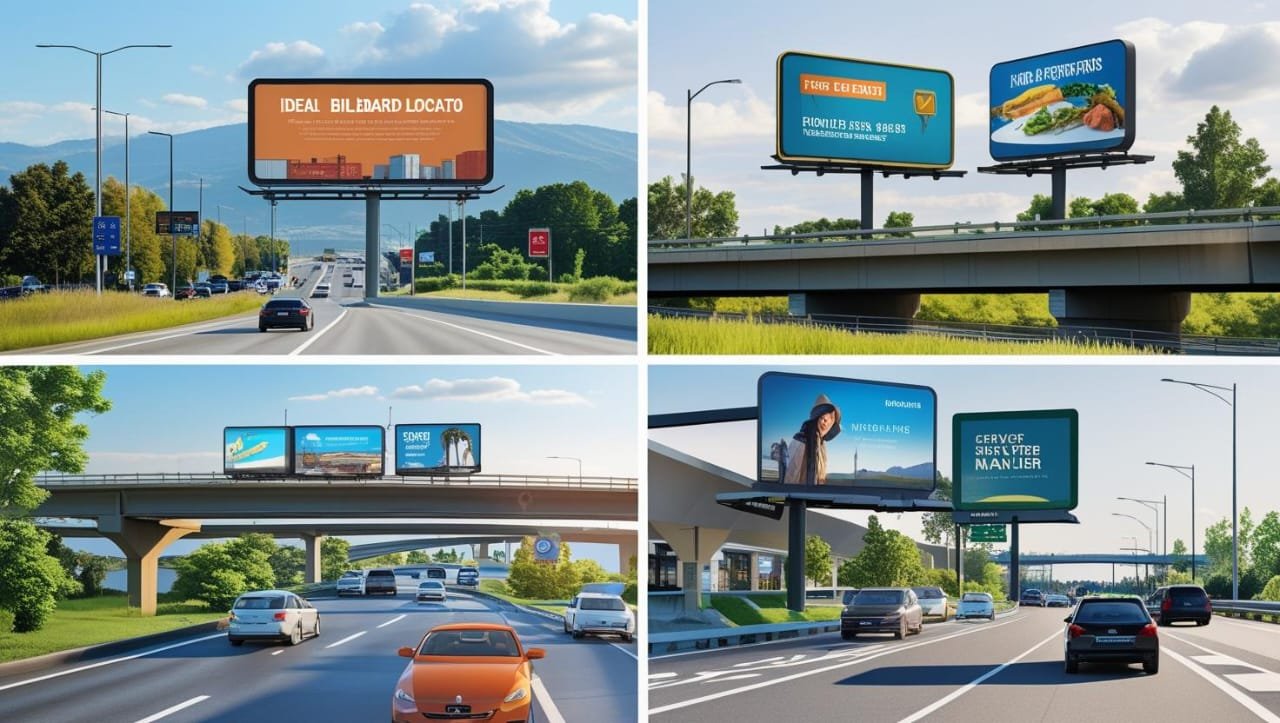When you drive past a massive hoarding on a busy road, all you see is the final result—a bold line, a striking picture, maybe a clever joke. It looks effortless. But behind that single board is a surprisingly long process, full of discussions, late nights, and plenty of arguments. Designing a hoarding isn’t about making something “look good.” It’s about making something work.
Let me walk you through how it really happens, step by step.
It All Starts with the Brief
Every project begins with a brand saying, “We need a hoarding.” But that’s never enough. The real question is: why?
Do they want people to notice a new product? Do they want to shout louder than a competitor? Or is it just about presence—reminding people that the brand exists and is everywhere?
The answers shape everything. If the goal is awareness, the design will be bold and simple. If it’s about selling something seasonal, the message might be more playful or urgent.
The Location is Half the Battle
The same hoarding design won’t work everywhere. That’s why location scouting is so important.
If the board is going up at a traffic signal, where people stop for two minutes, you can afford more text. But if it’s near a flyover where cars rush past at 60 km/h, the design has to scream the message in just two or three words.
Designers and brand managers often visit the spot themselves. They check how the sun hits it, whether a tree blocks part of the view, or if it competes with other boards nearby. Because even the cleverest line fails if no one can read it.
Crafting the Line
This is where the creative fight begins. Copywriters start throwing out lines. Most of them are rejected instantly. Some are too long, some too clever, some too bland.
The best hoarding lines are usually the simplest. Think of Amul’s one-liners that connect to current events, or Zomato’s short, cheeky questions like “Dinner?” The shorter the line, the harder it is to come up with.
And yes—many times, a single line takes days to perfect.
Visuals That Pop
Once the line is locked, the designers step in. Their job is to make sure that message hits people even if they only glance for two seconds.
Big fonts, high contrast colors, minimal clutter—that’s the rule. A hoarding is not a brochure. You don’t have space for paragraphs. You get one strong visual and one strong message.
The brand logo placement is another big debate. Too small, and people don’t remember the brand. Too big, and it feels like shouting. Balancing the two is an art.
Mock-ups and Reality Checks
After the design is ready, teams create mock-ups—digital versions placed on photos of the actual hoarding site. This step is where many ideas die. Something that looks stunning on a laptop screen might vanish against the chaos of real streets.
Is the text still legible from 100 feet away? Does the color pop at night under yellow streetlights? Can someone on a moving bus read it? These are the questions that separate a “nice design” from a “working hoarding.”
Printing and Materials
Once approved, the file goes to the printer. Hoardings are huge, and printing them is no small task. The material matters too—traditional flex, eco-friendly fabric, or even digital LED screens. Each comes with its own cost and challenges.
Here, even a tiny pixel issue becomes a massive flaw when blown up 40 feet wide. That’s why designers obsess over every detail before hitting “print.”
Midnight Installations
You’ve probably never noticed this, but most hoardings are installed late at night. Teams of workers climb scaffolding, roll out the massive prints, and mount them carefully.
By morning, when traffic picks up, the city wakes up to a fresh new face staring at them from above. For the brand and the agency, it’s both exciting and nerve-wracking. Will people notice? Will they talk about it? Or will it just blend into the background?
The Final Judge: The Public
No matter how much effort goes in, the real test happens on the street. If commuters remember the line, if people mention it in conversations, if someone snaps a picture and shares it online—then the hoarding has done its job.
If not, all the late nights and arguments vanish into thin air.
Closing Thought
A hoarding may look simple from the outside, but it’s the result of a chain of decisions, from strategy to design to execution. It’s not just about filling a space on the roadside—it’s about creating a moment of impact in the middle of people’s busy, distracted lives.
So the next time you’re stuck at a red light, staring at a giant board, remember: what you see in those ten seconds is the end product of weeks of behind-the-scenes work.



